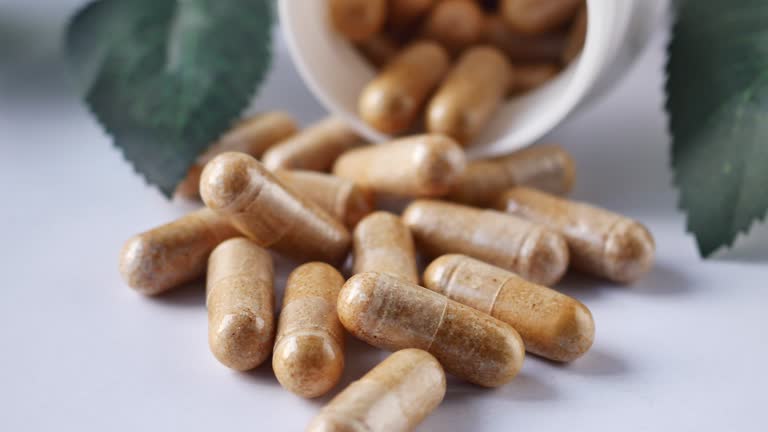Kratom, a tropical tree native to Southeast Asia, has gained popularity in recent years for its potential health benefits and recreational use. Whether you are looking to grow kratom indoors or outdoors, there are several tips that can help you successfully cultivate this unique plant.
First and foremost, it is important to choose the right variety of kratom for your growing conditions. There are three main strains of kratom – red vein, green vein, and white vein – each with its own unique characteristics and ideal growing conditions. Red vein kratom tends to be more resilient and adaptable to different environments, making it a good choice for beginners.
When growing kratom indoors, it is essential to provide the plant with adequate light. Kratom thrives in bright, indirect sunlight, so placing your plant near a window or using grow lights can help ensure healthy growth. Additionally, maintaining a consistent temperature between 75-85 degrees Fahrenheit is crucial for optimal growth.
In terms of soil quality, kratom prefers well-draining soil that is rich in nutrients. A mixture of peat moss, perlite, and vermiculite can provide the ideal growing medium for your plant. It is also important to fertilize your kratom regularly with a balanced fertilizer to promote healthy growth.
Watering is another key aspect of successful kratom cultivation. While kratom plants require regular watering to thrive, it is important not to over-water as this can lead to root rot. To prevent this issue, allow the top inch of soil to dry out before watering again.
If you choose how to grow kratom outdoors, there are additional factors to consider. Kratom trees prefer humid climates with plenty of rainfall and dappled sunlight. Planting your tree in a shaded area with well-draining soil can help mimic its natural habitat and promote healthy growth.
Pests can also pose a threat to outdoor kratom plants. Regularly inspecting your tree for signs of pests such as aphids or mites can help prevent infestations from taking hold. If necessary, organic pesticides or insecticidal soaps can be used as a safe and effective way to control pest populations.
Pruning is another important aspect of maintaining healthy kratom plants both indoors and outdoors. Regularly trimming back any dead or damaged branches can help promote new growth and improve overall plant health.
Whether you choose to grow kratom indoors or outdoors, following these tips can help you successfully cultivate this unique plant. By providing the right growing conditions, adequate light, proper soil quality, and regular maintenance, you can enjoy the benefits of having fresh kratom leaves at home. With patience and dedication, growing kratom can be a rewarding experience for any gardening enthusiast. So why not give it a try?

